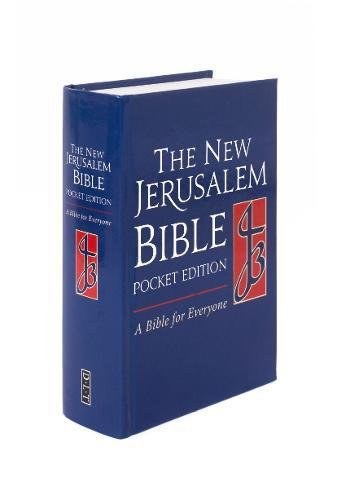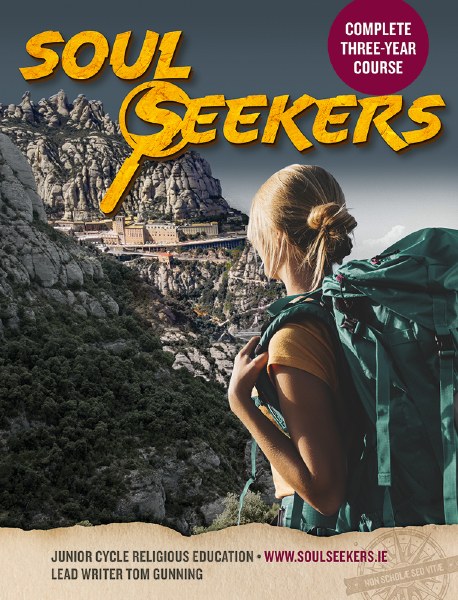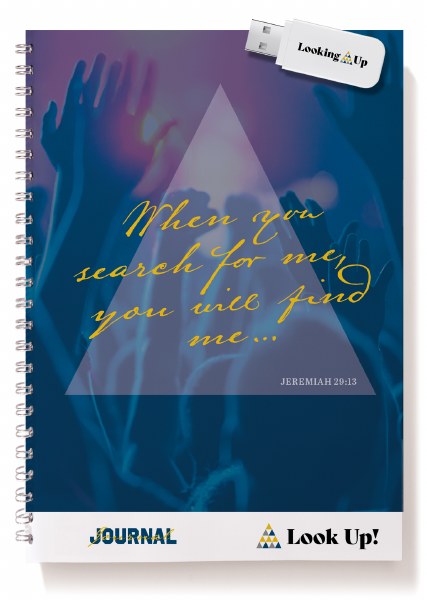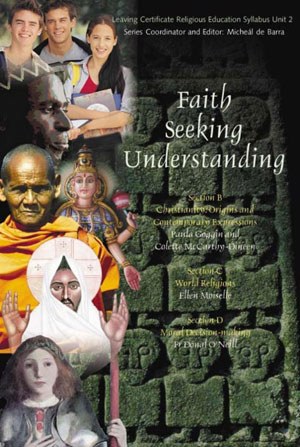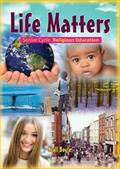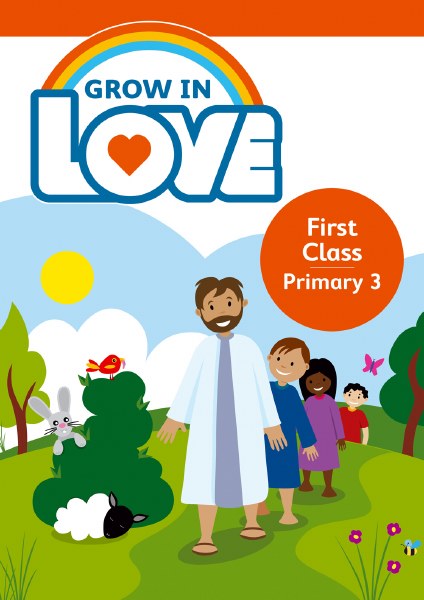- Home
- School Books
- Secondary School
- Junior Cycle
- Eolas ar an tSlí
Description
Characteristics
No Reviews
Description
Know the Way is a new and exciting religious education textbook. It is a resource for the first three years of religious education at post-primary level (a three-in-one text).
Know the Way is the first textbook of its kind to clearly map the junior certificate religious education syllabus together with the faith formational elements within. It serves all junior cycle students whether they are opting totake the religious education exam or not.
The Syllabus and Faith Formation
Know the Way presents each of the six RE syllabus sections in five different parts. Each part is then presented in a set of individual lessons. Each lesson is introduced with two separate headings: Groundwork and Digging Deeper.
All Groundwork headings relate specifically to the syllabus objectives and descriptions of content. All Digging Deeper headings relate to the area of faith formation that can be explored within both.
For the most part, Digging Deeper is presented in question format both at the beginning of each lesson and during the lesson. It provides the students with an additional layer of exploratory work that stems from the syllabus but taps into their faith formation and the faith formation of others.
Key Concepts
At the beginning of each lesson the key concepts specific to each of the five parts within each section are presented. During the lesson the key concepts are explained; at the end of each lesson they are defined. At the end of the text there is a complete glossary of all of the key concepts.
The Know Family!
There will be a cartoon character on the front cover called Know the Way. He is one of seven characters from the Know family.
The Knows are a navigational tool for both teachers and students. They signify the type of content or exercise that is being presented. For example, an objective, a description of content or a key concept is introduced and explored.
Know More gives some further information and examples of same. Know What represents a set of questions and Know How suggests a doing exercise, i.e. making a wall chart, drawing, creating posters and so on. Knowing me Knowing you are two little Knows who invite the students to take part in local or web research, interview family members or friends, and so on.
Know it All and Know Square are over-learning tools. Know it All is a fill in the blanks, match the words or complete the sentence exercise. Know Square is a visual verbal square; this means he reinforces learning that has already taken place and invites individual responses from the students on four different levels.
Exam Questions
The text book will include relevant exam questions from past papers. These exam questions will be referenced at the end of a lesson that concludes the exploration of a specific objective or key concept. The exam questions will be located at the back of the text.
Journal Work
Know the Way will include a short section that explores journal work. An overview of the fivesections in the journal booklet will aim to give direction to the students and make suggestions on approach. Samples of journal work will be provided for reference purposes.
Because this is a three-in-one text, we are very aware of the practical issues involved in its production, i.e. weight and size. We have decided to develop the programme over the coming year using the lesson headings in two separate projects. Groundwork will be developed in the form of (a) a revision workbook and (b) a set of revision posters for the classroom. The workbook will provide a battery of revision exercises that will range from word puzzles, picture exercises, sets of revision questions to sample essay exam questions. The posters will serve as a visual revision tool for the classroom wall.
Digging Deeper will be further developed into a faith formation resource. This will include a visual celebration of the liturgical year for classroom/oratory use in CD Rom format and a written resource that suggests prayer services for use in connection with the syllabus




